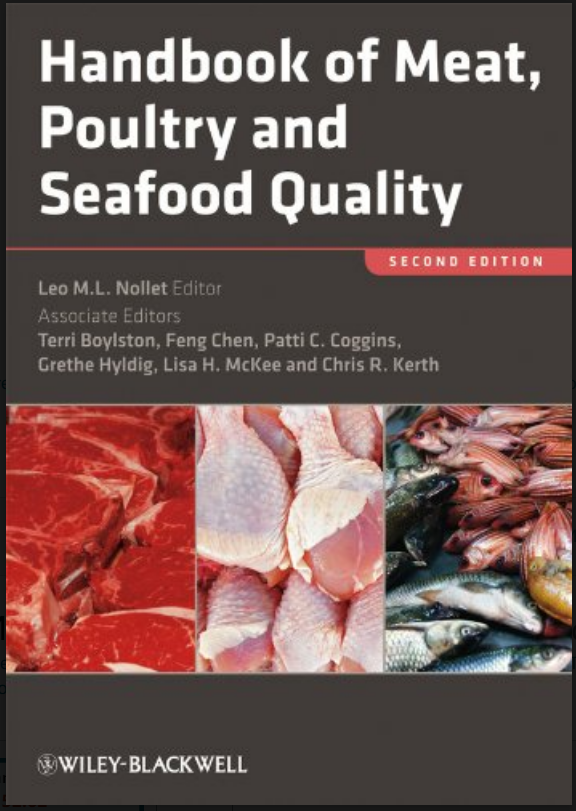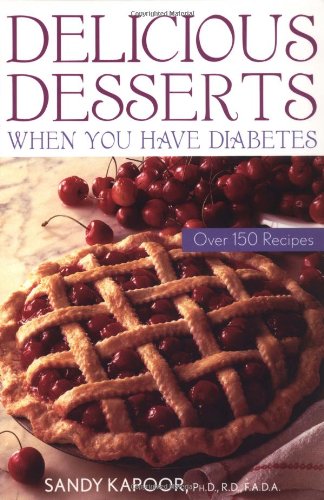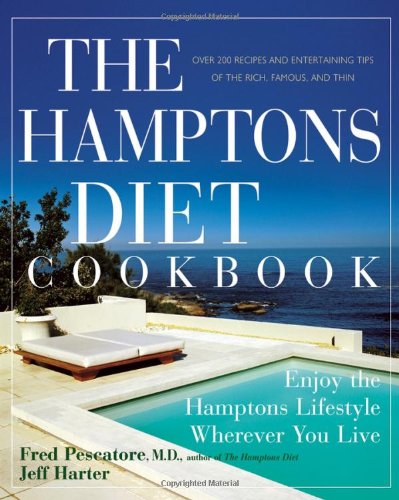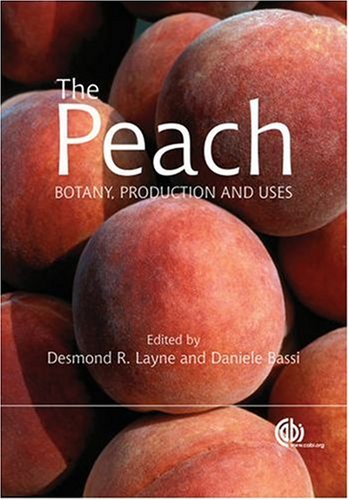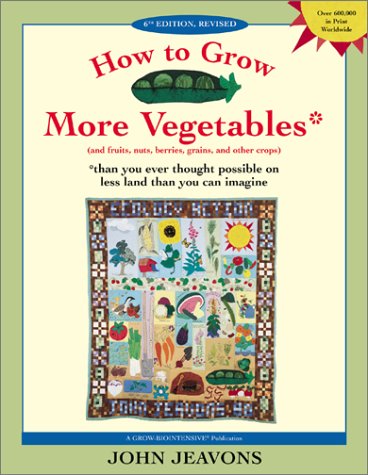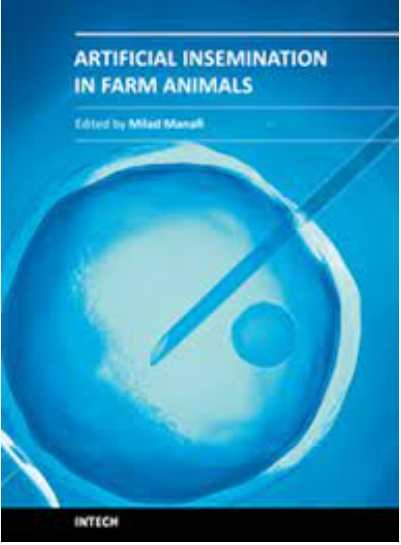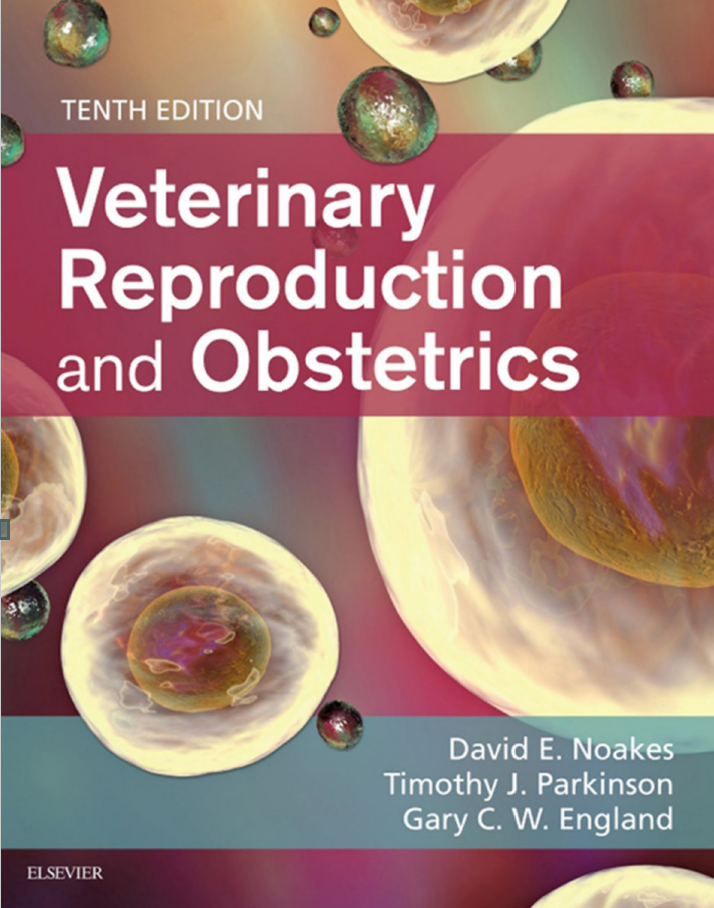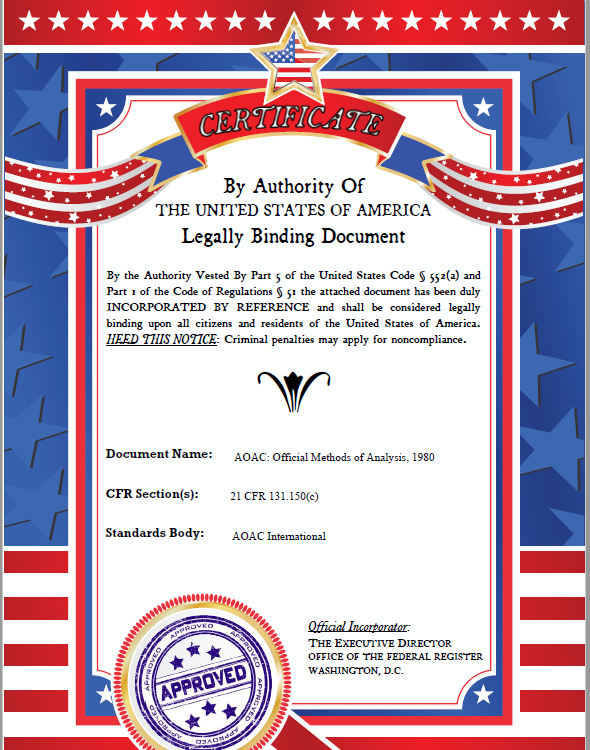From the Inside Flap
The quality of a food is determined from two perspectives: scientific status and consumer preference. Scientific factors include: composition, spoilage, functional ingredients (affecting health), contamination, and general safety. Consumer preferences are linked directly to the human senses and include sight, touch, smell, taste, and mouth feel. The quality of a food is therefore the composite picture of many factors.
This extensively revised second edition of Handbook of Meat, Poultry, and Seafood Quality focuses especially on the different quality factors affecting muscle foods (beef, pork, poultry, and seafood). The book consists of five sections. Section 1: Quality Aspects of Products of Animal Origin, deals with the general sensory aspects of muscle foods such as color, texture, and flavor, and how to determine these parameters in muscle foods. Sections 2 to 5 explore in depth the quality parameters of beef, pork, poultry, and seafood. Parameters covered in these chapters include shelf life, microbiological and sensory properties, and packaging, all as they apply to fresh and to frozen muscle foods.
Handbook of Meat, Poultry, and Seafood Quality is the result of the combined efforts of more than 30 professionals from industry, government, and academia worldwide. They represent more than 11 countries with diverse expertise and background in the quality of muscle goods. The book is designed to serve as an essential reference on the quality of muscle foods for all professionals in government, industry, and academia.
From the Back Cover
The quality of a food is determined from two perspectives: scientific status and consumer preference. Scientific factors include: composition, spoilage, functional ingredients (affecting health), contamination, and general safety. Consumer preferences are linked directly to the human senses and include sight, touch, smell, taste, and mouth feel. The quality of a food is therefore the composite picture of many factors.
This extensively revised second edition of Handbook of Meat, Poultry, and Seafood Quality focuses especially on the different quality factors affecting muscle foods (beef, pork, poultry, and seafood). The book consists of five sections. Section 1: Quality Aspects of Products of Animal Origin, deals with the general sensory aspects of muscle foods such as color, texture, and flavor, and how to determine these parameters in muscle foods. Sections 2 to 5 explore in depth the quality parameters of beef, pork, poultry, and seafood. Parameters covered in these chapters include shelf life, microbiological and sensory properties, and packaging, all as they apply to fresh and to frozen muscle foods.
Handbook of Meat, Poultry, and Seafood Quality is the result of the combined efforts of more than 30 professionals from industry, government, and academia worldwide. They represent more than 11 countries with diverse expertise and background in the quality of muscle goods. The book is designed to serve as an essential reference on the quality of muscle foods for all professionals in government, industry, and academia.
چکیده فارسی
از داخل فلپ
کیفیت یک غذا از دو منظر تعیین می شود: وضعیت علمی و ترجیح مصرف کننده. عوامل علمی عبارتند از: ترکیب، فساد، ترکیبات کاربردی (تاثیر بر سلامت)، آلودگی و ایمنی عمومی. ترجیحات مصرف کننده مستقیماً با حواس انسان مرتبط است و شامل بینایی، لامسه، بویایی، چشایی و حس دهان است. بنابراین کیفیت یک غذا تصویر ترکیبی بسیاری از عوامل است.
این ویرایش دوم بهطور گسترده اصلاحشده هندبوک کیفیت گوشت، طیور و غذاهای دریایی بهویژه بر عوامل کیفی مختلف تأثیرگذار بر غذاهای ماهیچهای (گوشت گاو، گوشت خوک، مرغ و غذاهای دریایی) تمرکز دارد. کتاب از پنج بخش تشکیل شده است. بخش 1: جنبه های کیفی محصولات با منشاء حیوانی، به جنبه های حسی عمومی غذاهای ماهیچه ای مانند رنگ، بافت و طعم و چگونگی تعیین این پارامترها در غذاهای ماهیچه ای می پردازد. بخشهای 2 تا 5 پارامترهای کیفی گوشت گاو، خوک، مرغ و غذاهای دریایی را به طور عمیق بررسی میکنند. پارامترهای پوشش داده شده در این فصل شامل ماندگاری، خواص میکروبیولوژیکی و حسی، و بستهبندی میشود که همگی در مورد غذاهای ماهیچهای تازه و منجمد اعمال میشوند.
کتابچه راهنمای کیفیت گوشت، طیور و غذاهای دریایی نتیجه تلاشهای مشترک بیش از 30 متخصص از صنعت، دولت و دانشگاه در سراسر جهان است. آنها بیش از 11 کشور را با تخصص و پیشینه متنوع در کیفیت کالاهای عضلانی نمایندگی می کنند. این کتاب به عنوان یک مرجع ضروری در مورد کیفیت غذاهای ماهیچه ای برای همه متخصصان در دولت، صنعت و دانشگاه طراحی شده است.
از پشت جلد
کیفیت یک غذا از دو منظر تعیین می شود: وضعیت علمی و ترجیح مصرف کننده. عوامل علمی عبارتند از: ترکیب، فساد، ترکیبات کاربردی (تاثیر بر سلامت)، آلودگی و ایمنی عمومی. ترجیحات مصرف کننده مستقیماً با حواس انسان مرتبط است و شامل بینایی، لامسه، بویایی، چشایی و حس دهان است. بنابراین کیفیت یک غذا تصویر ترکیبی بسیاری از عوامل است.
این ویرایش دوم بهطور گسترده اصلاحشده هندبوک کیفیت گوشت، طیور و غذاهای دریایی بهویژه بر عوامل کیفی مختلف تأثیرگذار بر غذاهای ماهیچهای (گوشت گاو، گوشت خوک، مرغ و غذاهای دریایی) تمرکز دارد. کتاب از پنج بخش تشکیل شده است. بخش 1: جنبه های کیفی محصولات با منشاء حیوانی، به جنبه های حسی عمومی غذاهای ماهیچه ای مانند رنگ، بافت و طعم و چگونگی تعیین این پارامترها در غذاهای ماهیچه ای می پردازد. بخشهای 2 تا 5 پارامترهای کیفی گوشت گاو، خوک، مرغ و غذاهای دریایی را به طور عمیق بررسی میکنند. پارامترهای پوشش داده شده در این فصل شامل ماندگاری، خواص میکروبیولوژیکی و حسی، و بستهبندی میشود که همگی در مورد غذاهای ماهیچهای تازه و منجمد اعمال میشوند.
کتابچه راهنمای کیفیت گوشت، طیور و غذاهای دریایی نتیجه تلاشهای مشترک بیش از 30 متخصص از صنعت، دولت و دانشگاه در سراسر جهان است. آنها بیش از 11 کشور را با تخصص و پیشینه متنوع در کیفیت کالاهای عضلانی نمایندگی می کنند. این کتاب به عنوان یک مرجع ضروری در مورد کیفیت غذاهای ماهیچه ای برای همه متخصصان در دولت، صنعت و دانشگاه طراحی شده است.
ادامه ...
بستن ...
